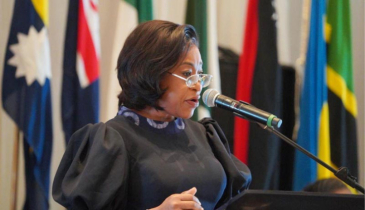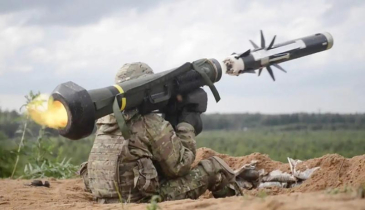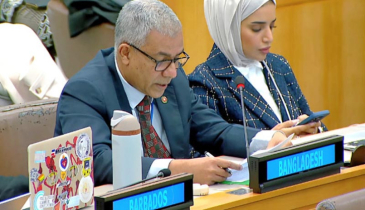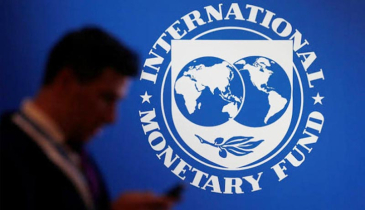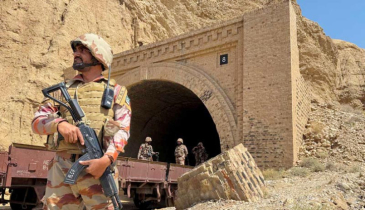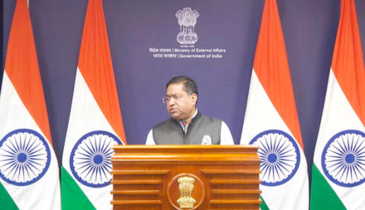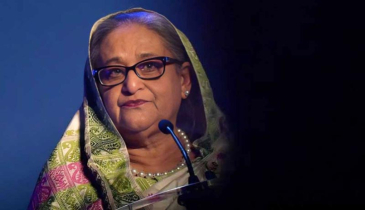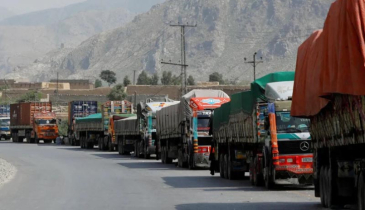Nepal forms inquiry panel after deadly anti-corruption protests leave 74 dead
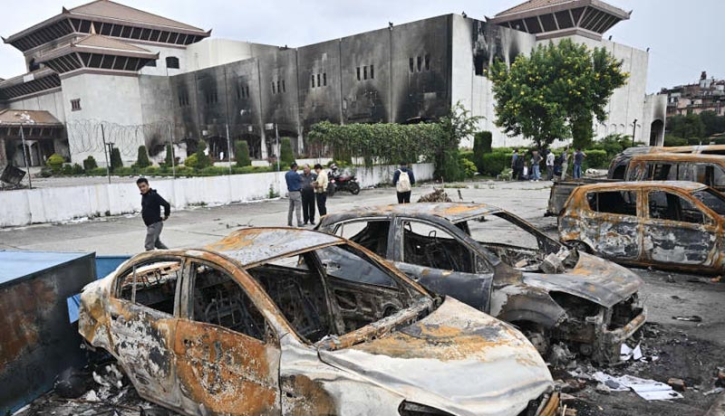
Nepal’s interim government has launched a formal investigation into the violent anti-corruption protests that rocked the country earlier this month, killing at least 74 people and forcing Prime Minister K.P. Sharma Oli to resign.
The new administration, led by former Chief Justice Sushila Karki, announced on Monday that a three-member commission headed by retired judge Gauri Bahadur Karki will probe the unrest. The panel has been given three months to deliver its findings.
Finance Minister Rameshwore Khanal said the inquiry will look into “the loss of life and property, the role of both protesters and security forces, and the individuals responsible for arson and vandalism.”
The protests, which erupted as a youth-led movement railing against corruption and chronic unemployment, spiraled into Nepal’s deadliest episode of political violence in decades. More than 2,100 people were injured in the clashes. Demonstrators torched the government complex housing the prime minister’s office, parliament, and the Supreme Court, as well as commercial centers, luxury hotels, and showrooms allegedly tied to politicians accused of graft.
The upheaval has rattled Nepal’s political elite. Former Prime Minister Oli, in a lengthy social media statement, denied accusations that his government ordered security forces to fire live rounds at crowds. He claimed the demonstrations were infiltrated by “outsiders” and insisted that police were not equipped with the types of weapons used in the killings. His remarks have fueled further debate over whether shadowy actors may have exploited the protests to stoke wider unrest.
The choice of Gauri Bahadur Karki to lead the panel has drawn cautious approval. A former head of Nepal’s Special Court for corruption cases, he is known for his strict independence and reputation for integrity. Civil society groups, however, have warned that unless the commission operates transparently, public trust may erode further.
For many young Nepalis, the protests have been about more than graft. With unemployment soaring, economic opportunities scarce, and a perception that politics remains dominated by an entrenched, corrupt elite, the unrest tapped into a reservoir of anger that had been building for years. Analysts say the crisis has underscored the fragility of Nepal’s democratic institutions nearly two decades after the end of its civil war.
.png)


